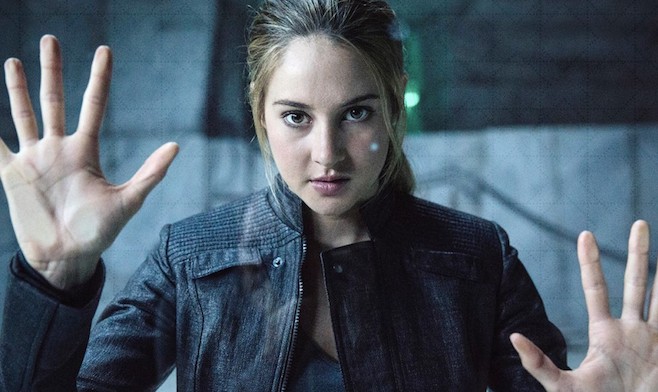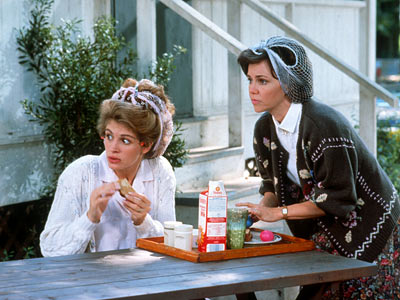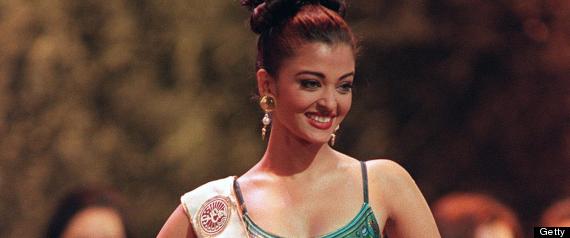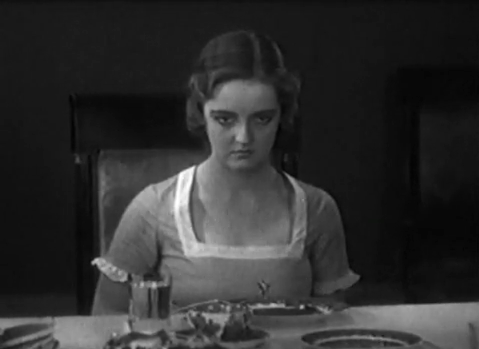SYDNEY FILM FESTIVAL: THE CINEMA OF CINEMA
Festival director Nashen Moodley assumed the role in 2013 and immediately set about expanding the reach and appeal of the Sydney Film Festival programme. But he also knows that the Harbour City cinephiles, who make up the core audience, have to be satisfied too. So SFF2014 presents a wide range of films on films; works that capture the scale and scope of cinema. SCREEN-SPACE looks at the features, documentaries and shorts that turn the camera on the industry itself…

LIFE ITSELF (USA; 118 mins; Dir: Steve James):
Hoop Dreams director Steve James' study of the life and work of the late, great film critic Roger Ebert (pictured, above) beautifully balances its tone between eulogistic reverence and celebratory joie de vivre. Featuring admirers such as Martin Scorsese, Errol Morris and Werner Herzog; the title is taken from his bestselling memoir, a reworking of his famous quote, “The only thing I love more than movies is…”.
THE LAST IMPRESARIO (Australia; 85 mins; Dir: Gracie Otto)
 The wildly charismatic producer Michael White is not a household name, but many of his films are instantly recognizable (among them, Monty Python and The Holy Grail, The Rocky Horror Picture Show, Peter Cook and Dudley Moore’s The Hound of The Baskervilles, White Mischief and Nuns on the Run). Director Gracie Otto (pictured, right; Otto with White at the London premiere of the film) retraces the life of a man that became one of the most sought-after A-list raconteurs and confidant to the stars all over the world in her giddy tribute film.
The wildly charismatic producer Michael White is not a household name, but many of his films are instantly recognizable (among them, Monty Python and The Holy Grail, The Rocky Horror Picture Show, Peter Cook and Dudley Moore’s The Hound of The Baskervilles, White Mischief and Nuns on the Run). Director Gracie Otto (pictured, right; Otto with White at the London premiere of the film) retraces the life of a man that became one of the most sought-after A-list raconteurs and confidant to the stars all over the world in her giddy tribute film.
ABUSE OF WEAKNESS (France, Belgium, Germany; 104 mins; Dir: Catherine Breillat)
Writer/director Catherine Breillat, most famous for sexually confronting explorations of gender politics such as Romance, An Old Mistress and Anatomy of Hell, recounts the true story of that moment when she let an ex-con into her life to star in a project, only to be fleeced and left close to bankruptcy. Isabelle Huppert stars as the director, who adapts her autobiographical tale with trademark frankness.
DOUBLE PLAY: JAMES BENNING AND RICHARD LINKLATER (France, Portugal, USA; 70 mins; Dir: Gabe Klinger) Director Gabe Klinger and his subject James Benning (both guests of the Fest) team with iconic maverick director Richard Linklater (whose Boyhood screens at SFF) for this relaxed profile of two iconoclastic talents who also happen to be friends. Bonding over their love of film, baseball and Americana, Benning and Linklater riff together frankly in this casual but deceptively insightful talk-piece.
THE GOLD SPINNERS (Estonia; 72 mins; Dirs: Hardi Volmer, Klur Aarma)
 Throughout the 1960’s, Eesti Reklaamfilm was one of the most prolific film production facilities in the USSR. It was run by one Peedu Ojamaa, a vibrant personality with a head for business and a heart for ‘making the sale.’ In the late 60’s, the Kremlin hired Ojamaa to create a series of commercials in which Soviet life was sold with all the integrity one would expect from the world of advertising. The Gold Spinners brings the hilarious realities of 50 year-old Soviet spruikers to Sydney audiences.
Throughout the 1960’s, Eesti Reklaamfilm was one of the most prolific film production facilities in the USSR. It was run by one Peedu Ojamaa, a vibrant personality with a head for business and a heart for ‘making the sale.’ In the late 60’s, the Kremlin hired Ojamaa to create a series of commercials in which Soviet life was sold with all the integrity one would expect from the world of advertising. The Gold Spinners brings the hilarious realities of 50 year-old Soviet spruikers to Sydney audiences.
JODOROWSKY’S DUNE (USA, France; 88 mins; Dir: Frank Pavich)
It is considered one of the great missed opportunities in modern cinema; the pairing of surrealist maverick filmmaker, Alejandro Jodorowsky, and the vast vision of author Frank Herbert’s immense sci-fi novel, Dune. Filmmaker Frank Pavich pieces together, with the help of such luminaries as Moebius, Dan O’Bannon, the late H.R. Giger and Jodorowsky himself, a version of what may have eventuated if this insanely ambitious collaboration had materialised.
A STORY OF CHILDREN AND FILM (UK; 101 mins; Dir: Mark Cousins)
Mark Cousins’ ongoing obsession with the world of cinema (he compiled the landmark 2011 series, The Story of Film: An Odyssey) focusses in on the depiction of children onscreen in his latest work. The ultimate clip montage reworked into a moving, funny tribute to child actors, A Story of Children and Film sources 53 films from 28 countries, from much-loved classics (ET The Extra-Terrestrial; The 400 Blows) to barely-seen revelations (the Iranian tearjerker, The Boot; Astrid Henning-Jensen’s Palu Alone in the World).
SUPERMENSCH: THE LEGEND OF SHEP GORDON (USA; 85 mins; Mike Myers)
 Comedy superstar Mike Myers (Wayne’s World, Austin Powers) makes his directorial debut with this biographical profile of one of Hollywood’s most charismatic talent agents, the legendary Shep Gordon (pictured, right; with the director at the Toronto premiere). Packed with superstar cameos and recollections from his most famous clients, Myers paints a portrait of a man who weaved a personal seam of integrity and vitality in a world of joyous hedonism and A-list indulgence.
Comedy superstar Mike Myers (Wayne’s World, Austin Powers) makes his directorial debut with this biographical profile of one of Hollywood’s most charismatic talent agents, the legendary Shep Gordon (pictured, right; with the director at the Toronto premiere). Packed with superstar cameos and recollections from his most famous clients, Myers paints a portrait of a man who weaved a personal seam of integrity and vitality in a world of joyous hedonism and A-list indulgence.
JUNKED (Australia; 11 mins; Dir: Gus Berger)
 In 2008, director Gus Berger (pictured, left) captured the formation of a British music mivement with his lauded doco, Duke Vin and the Birth of Ska. With Junked, it is the sad demise of traditional 35mm film projection at the iconic George Revival Cinema in the Melbourne suburb of St Kilda that Berger’s camera captures with insight, affection and melancholy. One of Australia's great revival picture palaces held out in the face of the digital incursion into the exhibition sector; the Melbourne-based filmmaker was there as the reels of film unspolled.
In 2008, director Gus Berger (pictured, left) captured the formation of a British music mivement with his lauded doco, Duke Vin and the Birth of Ska. With Junked, it is the sad demise of traditional 35mm film projection at the iconic George Revival Cinema in the Melbourne suburb of St Kilda that Berger’s camera captures with insight, affection and melancholy. One of Australia's great revival picture palaces held out in the face of the digital incursion into the exhibition sector; the Melbourne-based filmmaker was there as the reels of film unspolled.
Session information and ticket sales for all the screenings can be found at the Sydney Film Festival website here.
 Simon Foster
Simon Foster



















